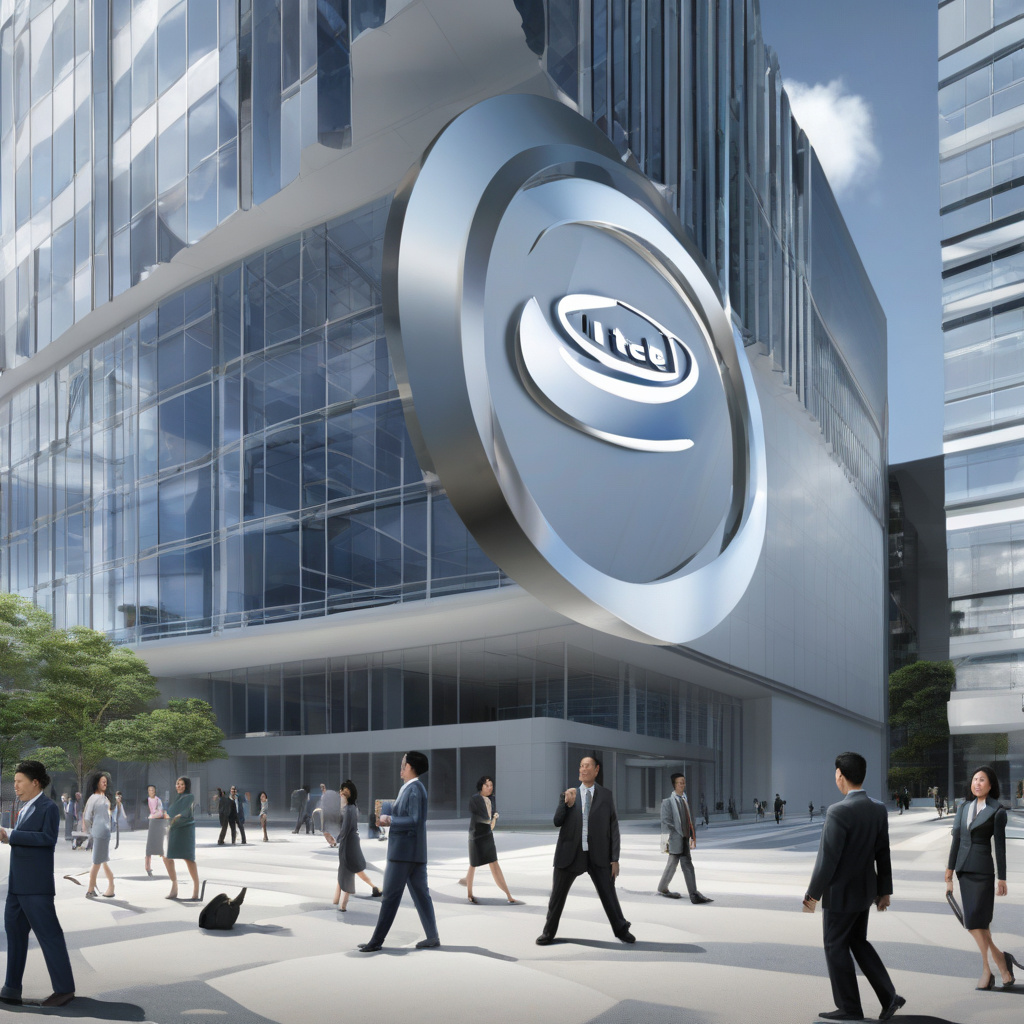In a bold move to revitalize its operations, Intel recently announced a substantial reduction in its workforce by over 20%, affecting more than 21,000 employees. This strategic overhaul, spearheaded by the new CEO, Lip-Bu Tan, aims to address the company’s staggering $19 billion loss in 2024 and a decline in revenue to $53.1 billion. The restructuring is designed to streamline management, slash costs by $10 billion, and pivot towards AI chips and foundry services, positioning Intel in direct competition with industry giants like Nvidia, AMD, and TSMC.
This significant downsizing, the largest in Intel’s history, follows a prior layoff in 2024 that saw 15,000 employees exiting the company, reducing the headcount to 108,900. Tan’s focus on restoring an engineering-driven culture underscores Intel’s shift towards meeting the demands of AI-driven technologies and contemporary IT infrastructure requirements. The company’s decision to sell a 51% stake in Altera to Silver Lake signifies a commitment to sharpening its focus and optimizing its cost structure, aligning manufacturing processes more closely with customer needs.
As Intel navigates this transformative phase, the recent appointment of Sachin Katti as CTO and AI chief highlights the company’s urgency to bridge the AI gap. However, industry analysts view these organizational changes as indicative of the formidable challenges Intel faces in its bid to regain market prominence. The tech sector at large has witnessed over 22,000 job cuts in 2025 alone, underscoring a broader trend towards cost-efficiency and AI-driven automation in response to evolving industry dynamics.
The global semiconductor landscape, driven by the burgeoning AI sector, has experienced a seismic shift, with the market reaching $655.9 billion in 2024—a 21% increase from the previous year. Nvidia’s ascent to the top position, surpassing Samsung and Intel, underscores the soaring demand for its GPUs powering AI workloads. Intel’s strategic realignment is deemed essential by analysts to address persistent challenges such as high operating costs and sluggish decision-making processes.
According to industry experts like Kanisha Chauhan from Gartner and Faisal Kawoosa from Techarc, Intel’s restructuring efforts signify a crucial step towards enhancing agility and realigning the company’s focus with its long-term objectives. While these workforce reductions are viewed as necessary for Intel’s future alignment, they also pose risks such as employee uncertainty and diminished innovation potential amidst such sweeping organizational changes.
Looking ahead, Intel’s success hinges on its ability to sharpen its focus, embrace disruptive technologies, and enhance efficiency in core areas like laptop processors while exploring growth opportunities in emerging sectors like connected cars and server markets. Strategic acquisitions of innovative startups could further bolster Intel’s position in the industry. Despite the challenges ahead, Gartner remains cautiously optimistic, suggesting that Intel’s renewed strategic direction could yield positive outcomes in the coming years if sustained consistently.
In essence, Intel’s ambitious roadmap towards becoming the world’s second-largest foundry by 2030 through its IDM 2.0 strategy necessitates these painful yet imperative restructuring measures. By refocusing on its core competency in chip fabrication, Intel aims to leverage agility and specialization to navigate the evolving tech landscape successfully. As Intel embarks on this transformative journey, the company is poised to reinvent itself, ensuring relevance and competitiveness in an AI-driven future.

